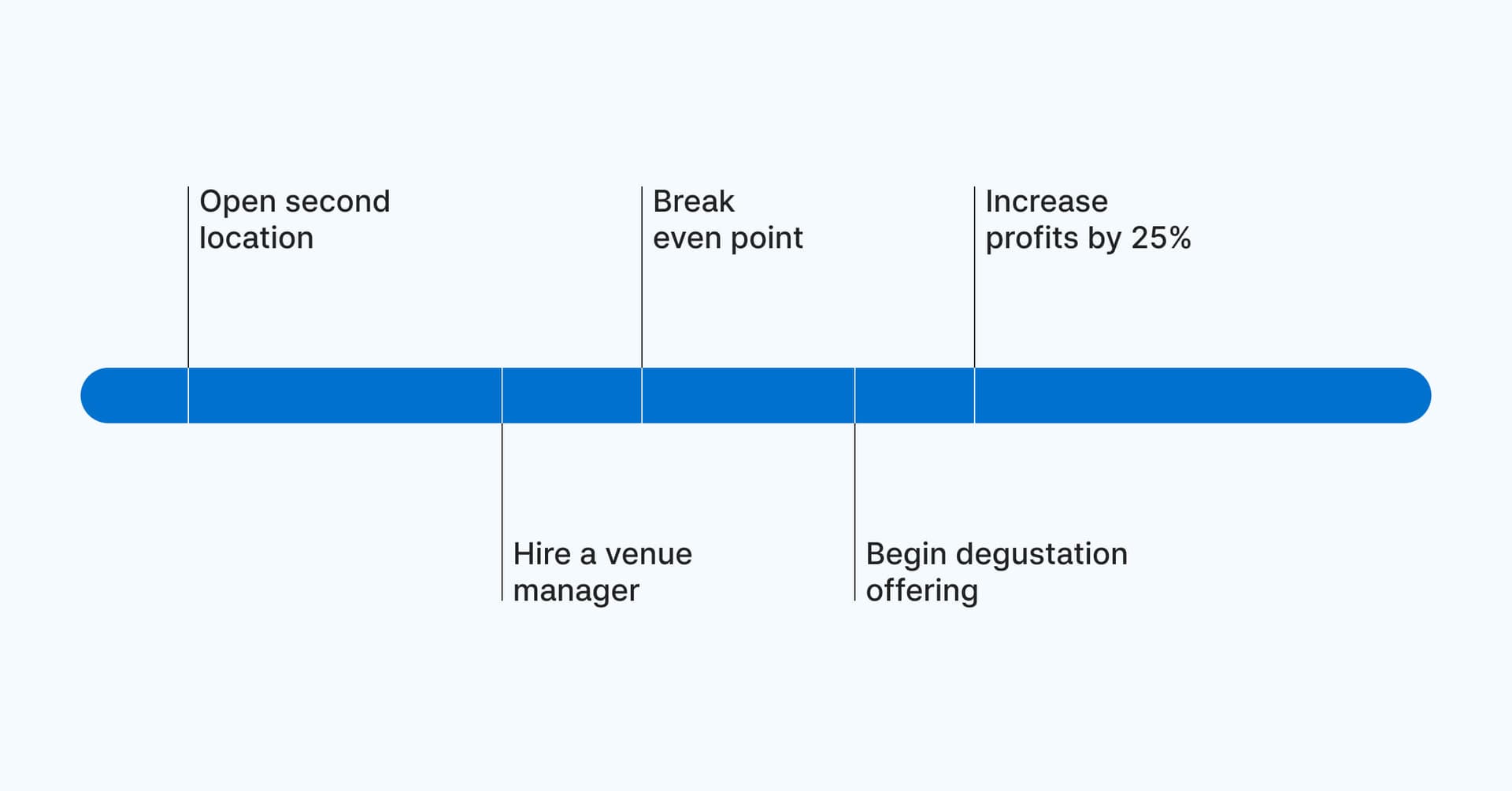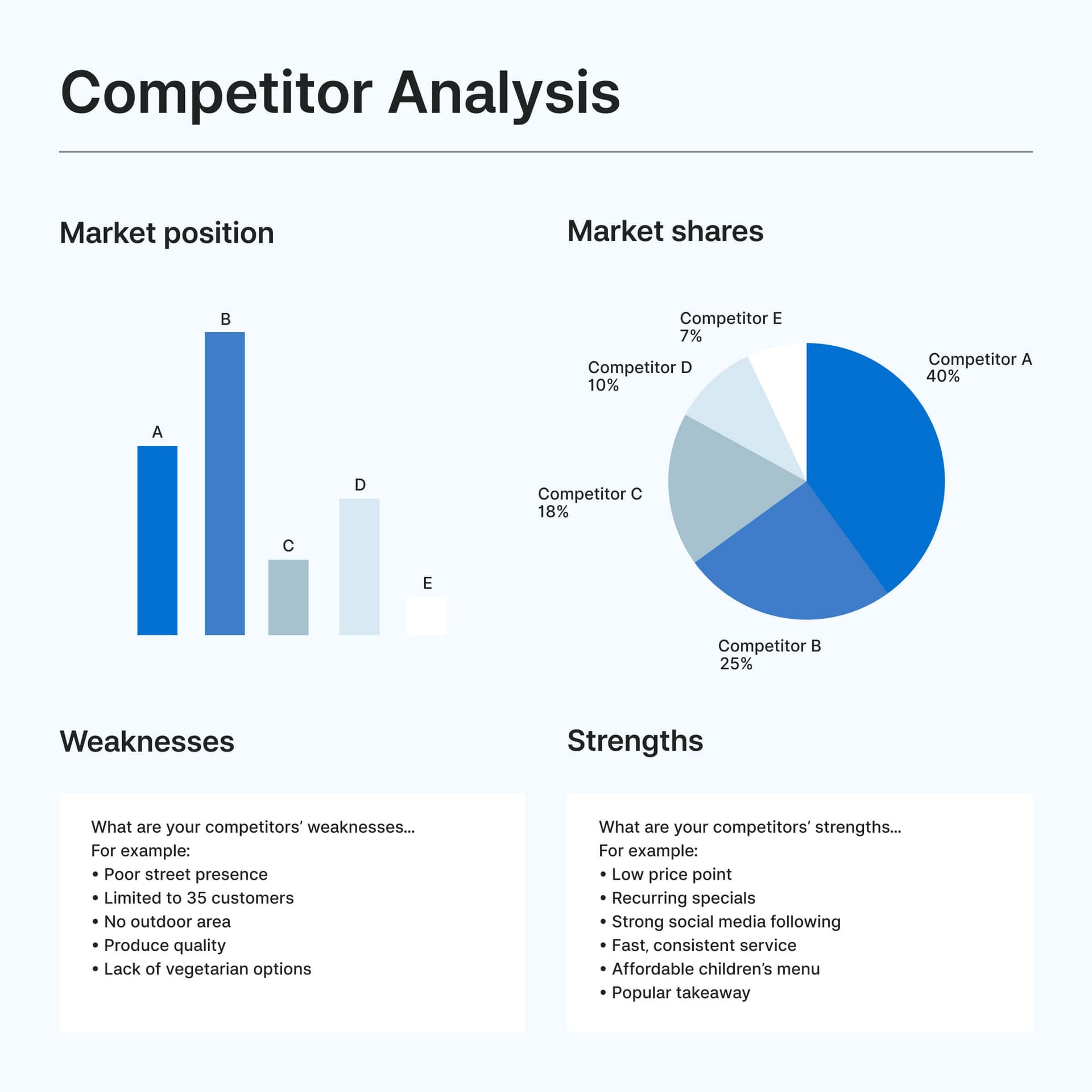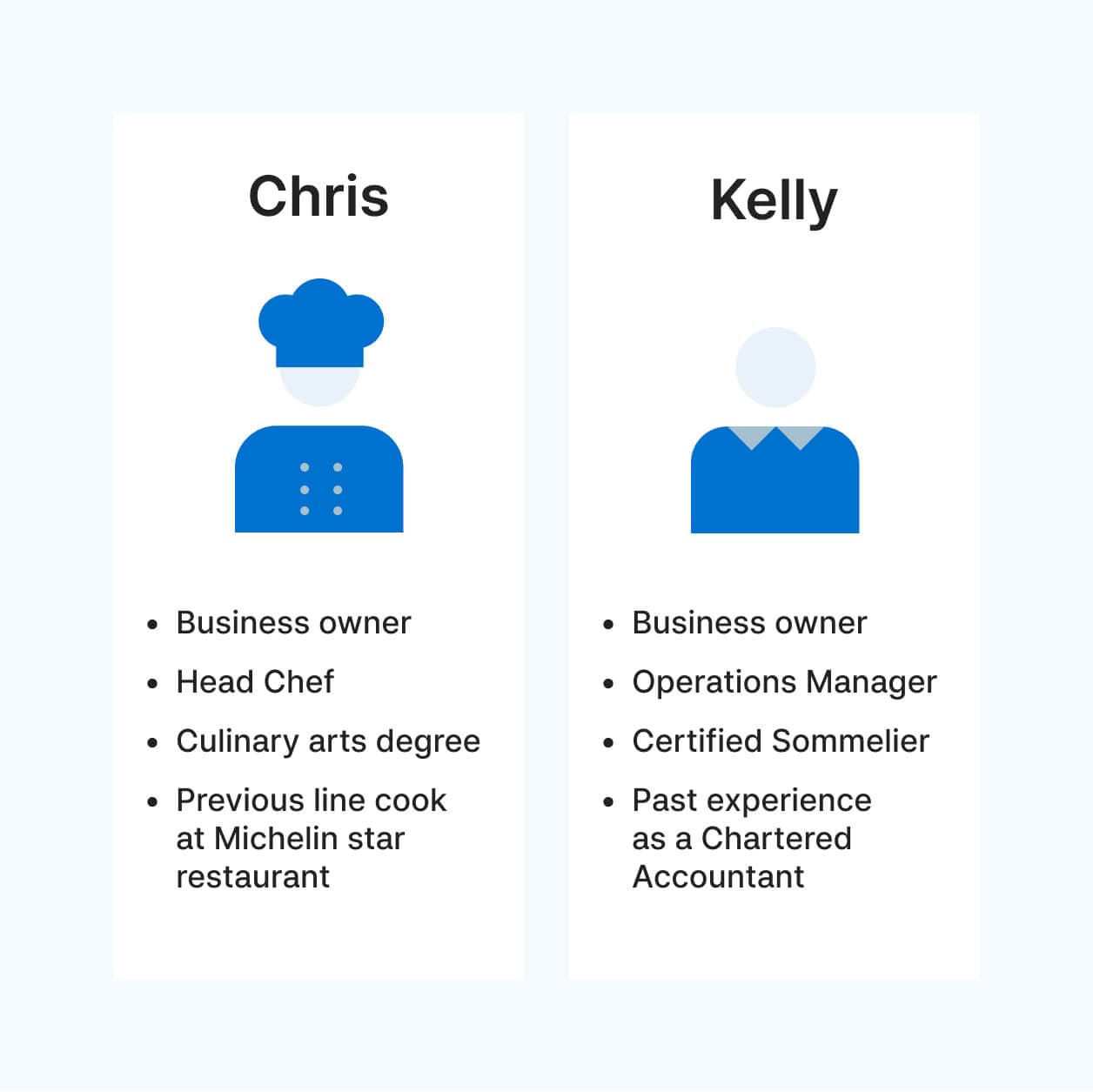
- Business Growth & Optimisation
Your Business Plan Blueprint for Success
There are 11 critical elements of a successful business plan.
No two business plans will look exactly the same. The information you choose to include — and the way you communicate it — depends on your audience and business goals. Yet there are a number of critical elements that every business plan should contain.
Before you start writing your business plan, make sure you understand the preparatory work involved. Follow our six preparatory steps and you should have all the information you need to put together a blueprint for success — whether your goal is to start a new business, secure funding, or grow an already established business.
Then, follow the below template to ensure your document includes the 11 essential sections of a successful business plan.
1. Executive summary
Write this part last. It’s the first section your audience will read, which means it needs to provide a clear and compelling summary of your entire business plan.
After completing the following 10 sections of your business plan, summarise the main points here. Include:
your customers’ need
how your business will address that need
an estimation of growth potential
projected sales figures
any key dates and milestones
financial information, including current capital
2. Business overview
This is where you provide key information about:
the industry
your business model
Start by providing an overview of your business and its background. Introduce the industry, as well as the categories and any relevant sub-categories your business falls into. For example, a hospitality business may be a fine dining restaurant, hole-in-the-wall takeaway joint, family diner, food truck, or something in between.
You should also explain the business model you’re using to turn a profit. Perhaps you’re leasing goods, or selling products over the counter. You could be running a subscription-based service, or providing a service for a fixed rate or hourly fee. Will you deviate from the typical model used by similar businesses? Highlight any plans you have to improve it, perhaps by cutting certain costs or streamlining standard processes.
3. Goals
Draw upon your mission statement to extrapolate your business goals at a high level, and then get specific. Break your goals down into both short-term (6 to 12 months) and long-term (5 years).
What do you want to achieve, and when will you achieve it? This may include:
opening another location
breaking even at a certain point in time
expanding into another industry

Carefully consider your target dates and be realistic with what you can achieve. A vision or mission statement might be inspirational, outlining the changes you hope to effect in five years or so, but this is the section where you seriously consider what’s achievable and make a commitment to achieving these goals.
Remember that the budget and financial projection outlined in this document are closely tied to the goals you outline here.
4. Products or services
Provide a high-level explanation of the product or service you’re selling, before drilling down into the specific need(s) that offering meets. Start with a straightforward description, avoiding any jargon that might confuse the reader. What will a customer receive from your business?
Then, explain your customer’s needs. What’s available to them today? Where is the gap? What is needed? What could be improved? Consider things like price, quality, convenience, choice, speed, and service. Write down how your business will improve the current state of play and meet those needs. However, don’t go into too much detail here — you’ll cover that in the next section when you analyse the market.
5. Market analysis
This is where you get specific about the current state of the market and deep dive into your customers’ needs, as well as your competitors’ businesses.
There are a few things you should consider here.
1. The market
The current market structure, and where your business fits within it
The market opportunity, in terms of potential revenue value
Future markets, whether local, national or beyond
How your business will respond to potential changes in market conditions
2. Your competitors
Their strengths and weaknesses
The share of market each holds
What sets your business apart
3. Your customer
Your target market’s purchasing habits
Factors that might influence those habits in future
Consider how best to communicate this information, as there’s quite a lot to think about.

Visuals such as graphs and charts can help you communicate paragraphs of text succinctly, and allow for key insights to be gleaned at a glance.
6. Risk assessment
Who would’ve guessed that in 2020, businesses across the nation would be shuttered for months on end? These days, any sound business plan must include a pandemic-proof contingency strategy. However, that’s not the only risk your business may face.
Think of all the things that could potentially go wrong. Then, consider what each might mean for your business. For example, consider how these risks might affect:
your supply chain
your customers’ experience
staff
cash flow
Then, detail how you would mitigate the risk itself. You should also talk to a professional about which insurance product is best suited to your particular risks.
7. Marketing and sales strategy
Your budget and projections must align to a goal. It could be a specific number of sales, but it will likely be total revenue. This is the section where you explain how your business will achieve that goal.
Marketing
Outline your launch activities. Keep in mind that most, if not all, marketing tactics will cost money and need to be accounted for in your forecast cash flow. Depending on the size and type of your new business, as well as your growth goals, you might like to consider local PR, giveaways, a launch party, local community event sponsorship, or something out-of-the-box.
Then, consider what ongoing marketing efforts will look like. How will your business engage with potential customers on Instagram? Do you need a purpose-built website? Will you run seasonal offers, and if so how will you let customers know?
Sales
If your staff will need to actively “sell” the product or service, consider how many steps each sale will take and what that means for your projections.
Tradespeople, for example, will need to learn how to answer the phone, provide a quote, and follow up to get the quote accepted. High-end shop assistants may need to learn how to upsell a customer, and suggest alternate items or accessories.
This will not be relevant for every business, however it’s integral for those businesses dependent on a sales process. By mapping it out here, you’re more easily able to identify potential bottlenecks to driving revenue.
8. Your team
Remember who may be looking at your business plan: potential new partners and investors. Even if your business plan is just for you, it’s important to introduce who’s who, and who’s responsible for what.
Start with:
management structure
key roles
each individual’s expertise and qualifications

Remember to include any mentors or business support resources that you’ll be relying on.
For businesses anticipating a quick scale-up, it might be a good idea to also include any recruitment and retention policies for staff that will be key to growth.
9. Budget
There are a few things every business needs to be successful: a budget and cash flow are two of them. Your budget should include a projection of profits and losses, and a balance sheet — as well as an explanation of how cash flow will work.
Profits and losses
Itemise your costs on one side, and predict your income on the other. When putting this together, consider:
costs necessary to keep the lights on, such as rent and electricity
the base cost of your product or service
staff costs
the appropriate level of insurance your business needs
tools required to operate, such as EFTPOS machines
Don’t forget to factor in a contingency cost.
Balance sheet
Outline what your business owns versus what it owes. For example, the business may own equipment, real estate, or patents and rights. It may owe a specific amount of money, as a loan.
Cash flow
Show how and when money will flow in and out of the business, and how this aligns with the businesses’ outgoings.
Stick to the main figures, and use graphs or other visual cues where possible. Present a few scenarios to show you understand these costs may fluctuate, and remember to add further detail as an appendix to your business plan.
10. Finance
After taking a deep dive into your business’s budget, the costs required to get up and running should become clear. You’ll also know roughly when income will start flowing back into the business.
If you will need some additional funding to bridge the gap between those dates, explain here where it will come from — perhaps you’ll rely upon savings, family and friends, an investor, or a business loan.
Consider also where you will store business funds. Zeller Terminal comes with a fee-free business bank account, giving you fast access to your funds.
11. Compliance
Outline what both the business and yourself, as a business owner, are legally required to do. This will depend on whether the business is operating as a sole proprietorship, partnership, company, trust, association, or something else.
For example, you might need to:
apply for an Australian Business Number or Australian Company Number
register for GST
register your business name
register your website’s domain name
trademark your business name
register for PAYG
apply for any permits or licenses necessary
Make sure you seek professional advice regarding what’s required of you as a business owner.
Every business is different, so your business plan might look nothing like the examples available online. However, if you follow the above, your business plan will include all the most important elements.

